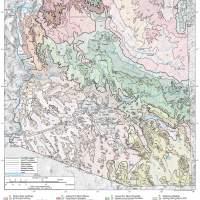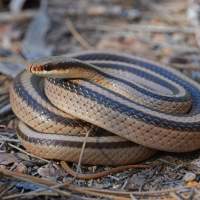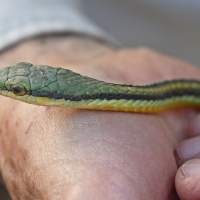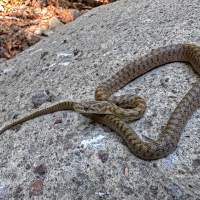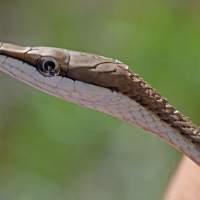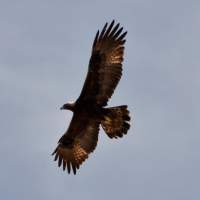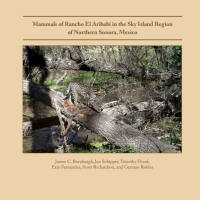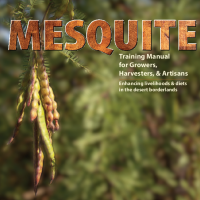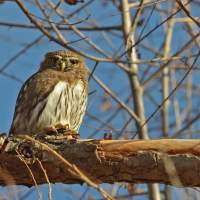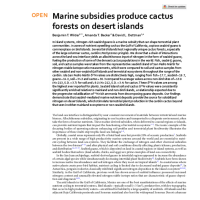Ecoregions denote areas of general similarity in ecosystems and in the type, quality, and quantity of environmental resources; they are designed to serve as a spatial framework for the research, assessment, management, and monitoring of ecosystems and ecosystem components. By recognizing the spatial differences in the capacities and potentials of ecosystems, ecoregions stratify the environment by its probable response to disturbance (Bryce and others, 1999). These general purpose regions are…
The Mammals of Rancho El Aribabi fills an important gap in the detailed knowledge of the diversity and abundance of the mammals in the Sky Island region of the U.S. and Mexico borderlands. The multiyear camera trapping effort captures a thorough inventory and baseline of this private protected area and conservation ranch in the heart of a migratory corridor that allows movement north and south in the high latitude portion of the Sierra Madre.
I have had the privilege to work with the…
Imagine that you are driving or biking into any one of a dozen small rural communities on either side of the US/Mexico border in the year 2040. You notice a beautiful building that appears as though it were made of locally sourced materials, situated in a shaded mesquite bosque that appears as though it is as meticulously managed as an orchard of high-quality fruit and nut crops.
In fact, these mesquites are being stewarded for their variety of appealing, sustainable, and saleable…
In island systems, nitrogen-rich seabird guano is a marine subsidy that can shape terrestrial plant communities. In zones of nutrient upwelling such as the Gulf of California, copious seabird guano is commonplace on bird islands. Several bird islands host regionally unique cactus forests, especially of the large columnar cactus, cardón (Pachycereus pringlei). We show that a chain of interactions across the land-sea interface yields an allochthonous input of nitrogen in the form of seabird…

